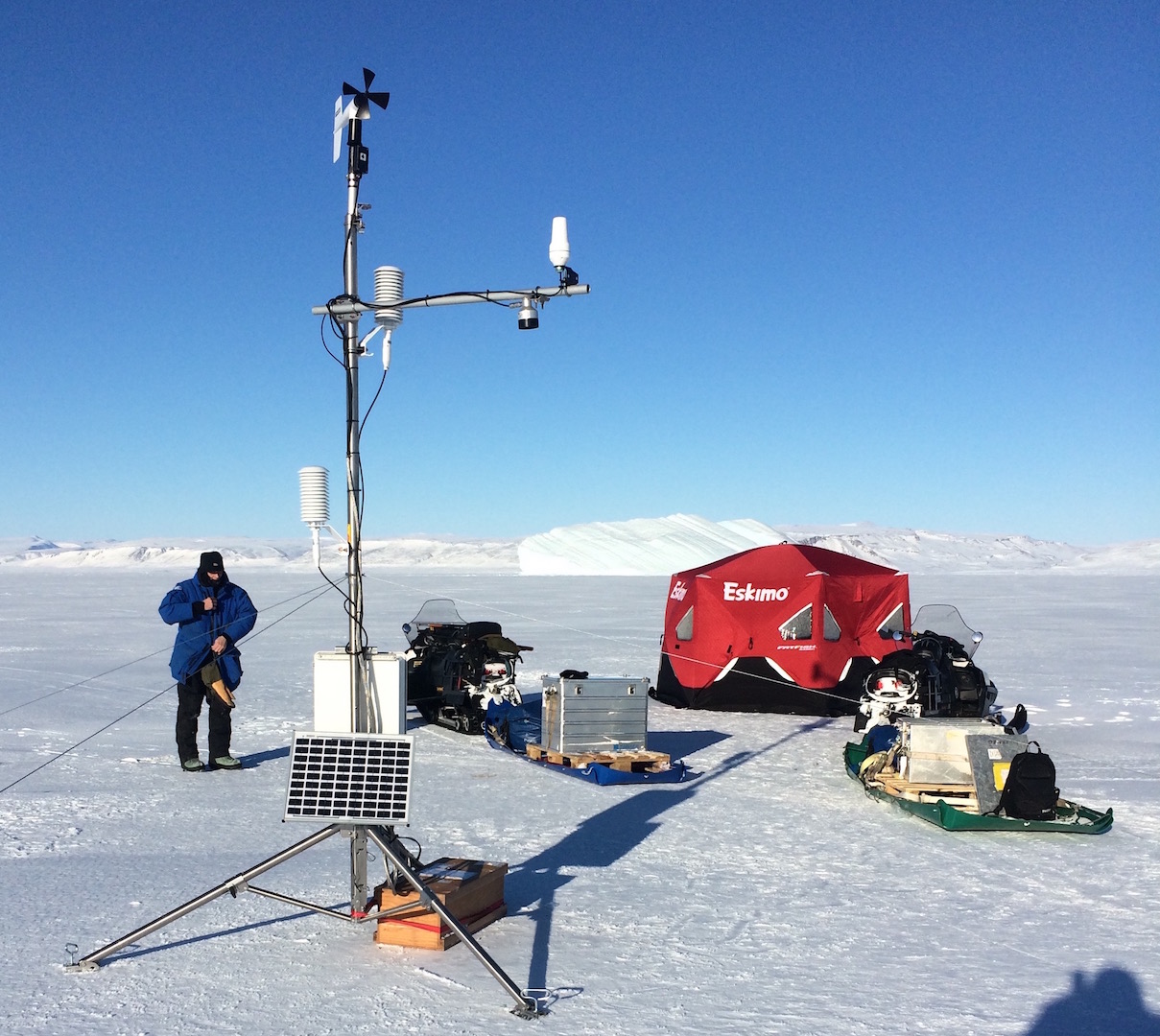Maps of Greenland were sketched with broken bones, frozen limbs, and starved bodies of men and dogs alike. On April 10, 1912 four men and 53 sled dogs crossed North Greenland from a small Inuit settlement on the West Coast where today the US Air Force maintains Thule Air Base. In 1912 Knud Rassmussen, Peter Freuchen, Uvidloriaq, and Inukitsoq searched for two explorers lost somewhere on Greenland’s East Coast 1200 km (760 miles) away. They returned 5 months later with 8 dogs without finding Einar Mikkelsen or Iver Iversen. These two arrived in North-East Greenland to find diaries, maps, and photos of three earlier explorers who had starved to death in the fall of 1908. Mikkelsen and Iverson found the records, but struggled to survive the winters of 1910/11 and 1911/12 alone stranded before a passing ship found them. I ordered their 1913 Expedition Report yesterday.


I worked along these coasts in 2014, 2015, 2016, 2017, and 2018 on German research vessels, Swedish icebreakers, Greenland Air helicopters, and American snowmobiles. We explored the oceans below ice and glaciers with digital sensors but without hunger, cold, or lack of comfort. I feel that I know these coasts well, read what others have written and suffered. I make my own maps, too, to reveal patterns of oceans, ice, and glaciers that change in space and time. And yet, I am often lost by distances and areas. I do not know how big Greenland is.




Clockwise from top left: Ocean observatory on sea ice off Thule Air Base (Apr.-2017); refuelling helicopter in transit to ocean observatory on Petermann Gletscher (Aug.-2016); Swedish icebreaker in Baffin Bay (Aug.-2015); and deployment of University of Delaware ocean moorings from Germany’s R/V Polarstern off North-East Greenland at 77 N latitude (Jun.-2014).
At home I know distances that I walk, bicycle, or drive as part of my daily routine. I know areas where I live from weather and google maps, weekend strolls, and where family and friends live. Once we travel in unfamiliar lands, however, we are lost. Americans rarely know how small most European countries are while Europeans rarely know how far the Americas stretch from Pacific to Atlantic Oceans. Nobody knows the size of Greenland or Africa. On World Atlases Greenland appears as large as Africa, but this is false. Just look at this map:

Thus North Greenland’s explorers walked distances similar to walking across Texas, Mississippi, and Florida (and back) or distances similar to walking Germany from its North Sea to the Alps (and back) or distances similar to walking across Kenya (and back). Making these maps, I found the tool at https://thetruesize.com These playful maps compare Greenland’s size by placing its shape onto North-America, Europe, and Asia:
Three explorers starved and froze to death November 1907 because they underestimated their walking area. Their shoes wore thin and they walked barefoot. Daylight disappeared and was replaced by polar night. Food vanished with no game to hunt. Jorgen Bronland, Niels Hoeg Hagen, and Ludvig Mylius-Erichsen were 29, 30, and 35 years young when they died mapping Greenland. I sailed the ice-covered coastal ocean. I was helped by maps they made walking.



























